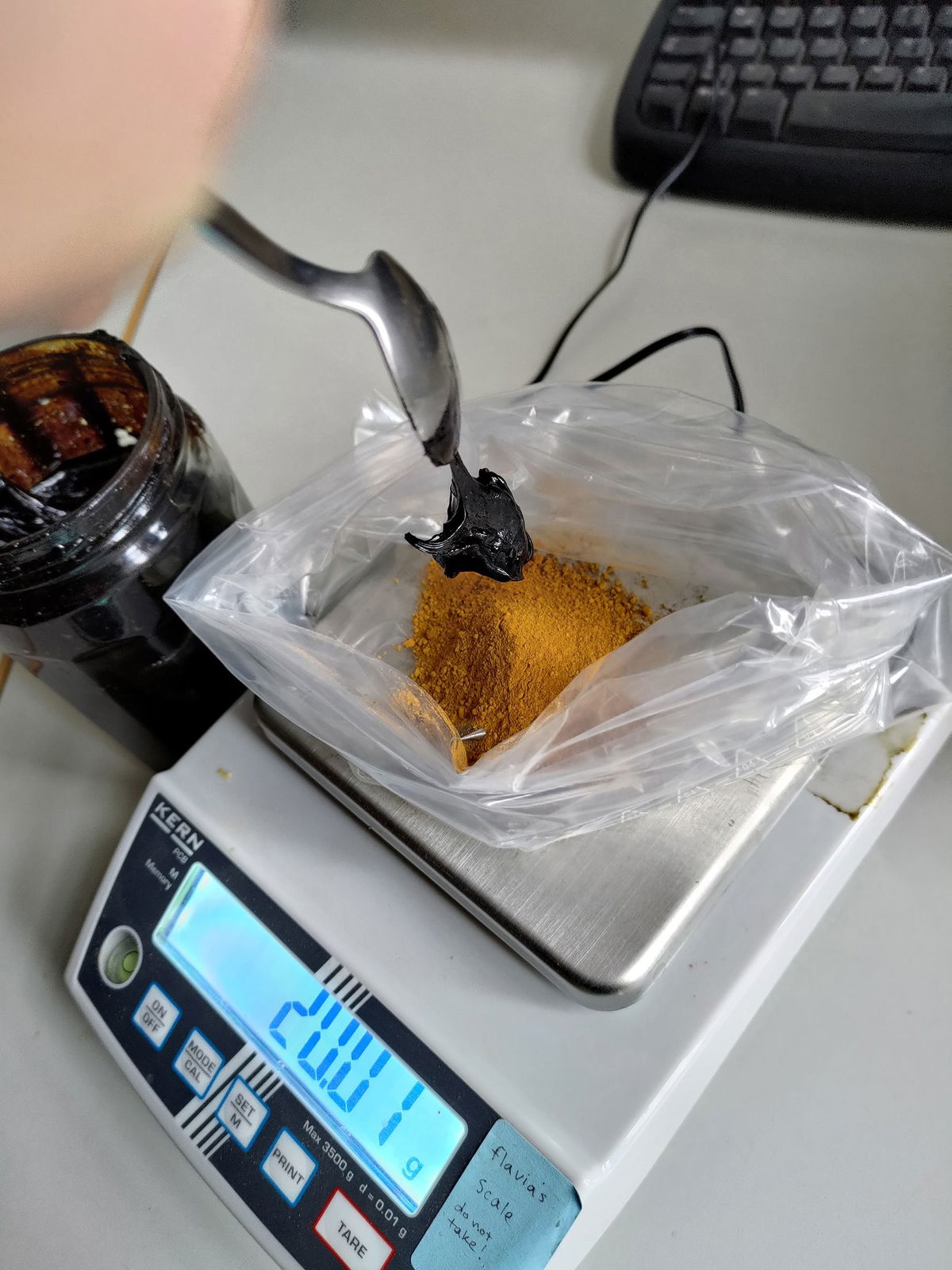Neanderthal glue points to complex thinking

The researchers sourced bitumen from a lake in France and ocher from Italy.
By Katie Hunt, CNN
(CNN) — Neanderthals likely made a type of glue from two natural compounds to help them better grip stone tools, according to a new analysis of forgotten artifacts recently rediscovered in a Berlin museum.
The ability to make an adhesive substance from disparate ingredients shows that the ancient hominins were able to engineer materials for their own needs and opens a window into their thinking patterns, said Patrick Schmidt, a researcher from the University of Tübingen’s department of early prehistory and quaternary ecology who led the study.
“The fact that Neanderthals made such a substance gives insight into their capabilities and their way of thinking,” he said.
The stone tools were unearthed around 1910 at a French archaeological site called Le Moustier that scientists believe Neanderthals used between 120,000 and 40,000 years ago. Since the 1960s, the tools had been untouched and individually wrapped at the Museum of Prehistory and Early History in Berlin. Their existence only came to light during a recent internal review of the collection.
When Schmidt and his colleagues examined the artifacts in detail for the first time, they found the tools still carried the residue of organic substances, including traces of ocher, a naturally occurring earth pigment, and bitumen, which exists in soil (although it can also be produced from crude oil).
It’s not possible at this point to date when the stone tools were made, and the layers of sediment in which they were found in Le Moustier’s upper rock shelter were undated, Schmidt said. However, dates from the lower shelter at the site, where Neanderthal skeletons and similar tools have been found, suggest they are between 40,000 and 60,000 years old.
Schmidt said he thinks that it is “very probable” they were made by Neanderthals, who disappeared about 40,000 years ago, though early Homo sapiens were in the region at the same time.
Marie-Hélène Moncel, a research director at the French National Museum of Natural History in Paris, said glue had been found at other Neanderthal archaeological sites in Europe and that it would not be surprising if Neanderthals also made the adhesive stuck to those stone tools. She was not involved in the study.
Ancient handles
The researchers were initially surprised to find traces of ocher, as it reduces the stickiness of bitumen. However, when they made their own version of the glue, using bitumen from a bituminous lake in the France’s Massif Central and ocher from Italy, the reason became clear.
Their study, published Wednesday in the journal Science Advances, found that the makers of the stone tools used the adhesive to mold a handle rather than haft the tool to wood.
“The bitumen there is very sticky and makes everything on you unusable if it touches the bitumen. Everything on you is sticky with black stains and it smells. But if you mix in high ochre loads, what you get is a viscous mass that can actually be touched and used as handles,” Schmidt said via email.
Microscopic wear showed the stone tools appeared polished over the handheld part but not elsewhere, likely revealing abrasion from the movement of the tools within the ocher-bitumen grip.
The findings also revealed a pattern. Schmidt said that Neanderthals were already known to have made an adhesive from birch tar, which involved several steps to produce from tree bark by distillation.
“What this means is that they acted as early engineers creating materials according to their needs,” Schmidt said. “Another point is that getting the materials represented quite an investment, as they came from different regions lying far away from each other. This mean that these grips had a high value for their makers.”
It’s the latest discovery to suggest that Neanderthals were smarter than their popular stereotype as knuckle-dragging brutes. In addition to glue, the heavily built humans are believed to have made string, engraved bones and cave walls, and assembled jewelry from eagle talons.
The-CNN-Wire
™ & © 2024 Cable News Network, Inc., a Warner Bros. Discovery Company. All rights reserved.